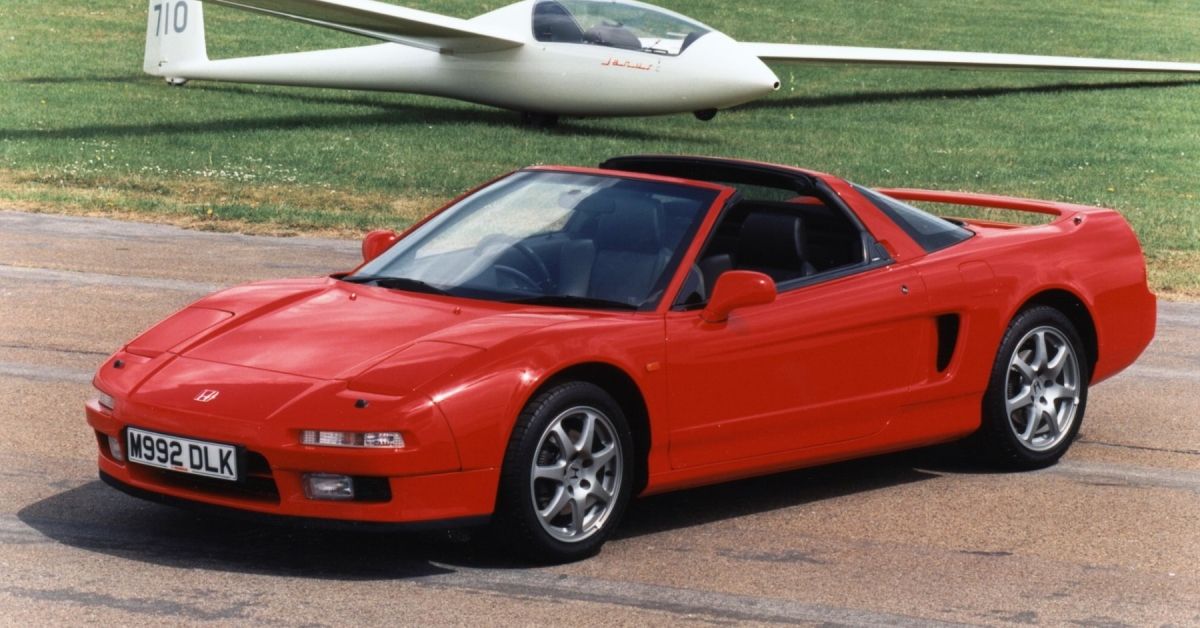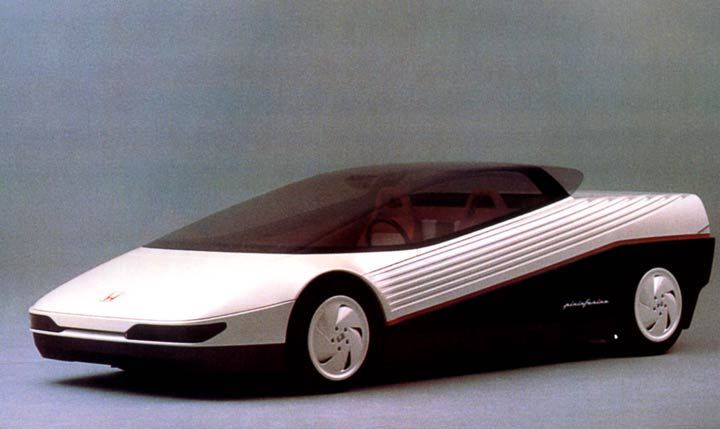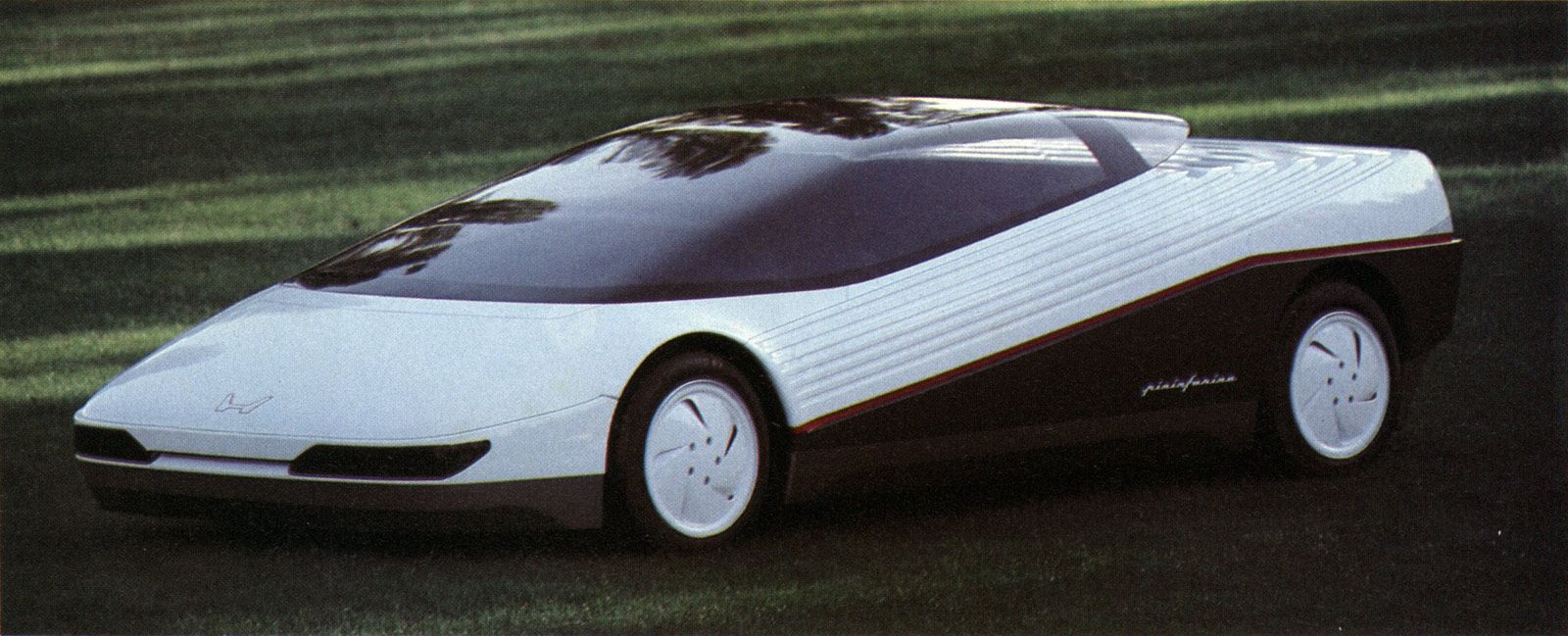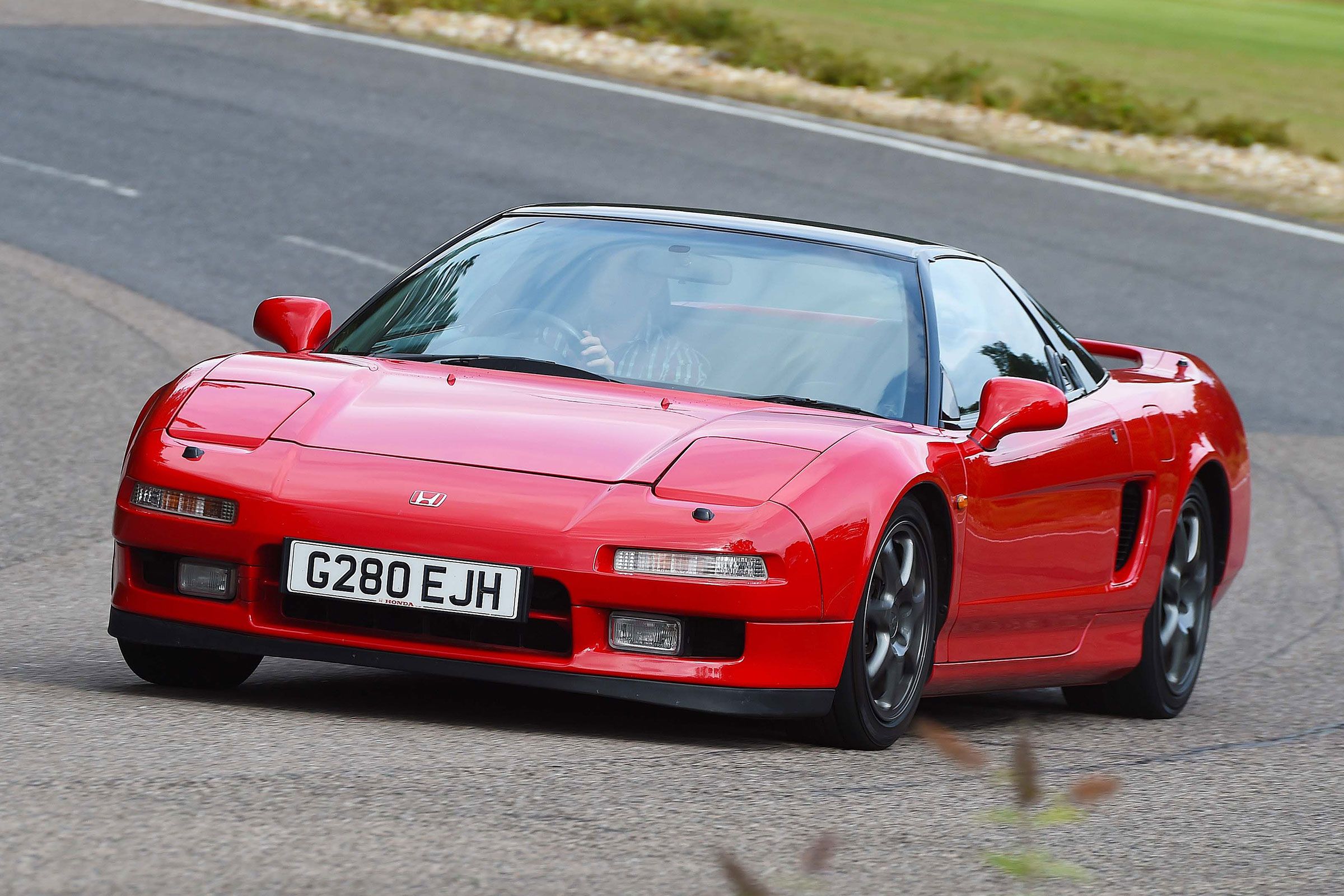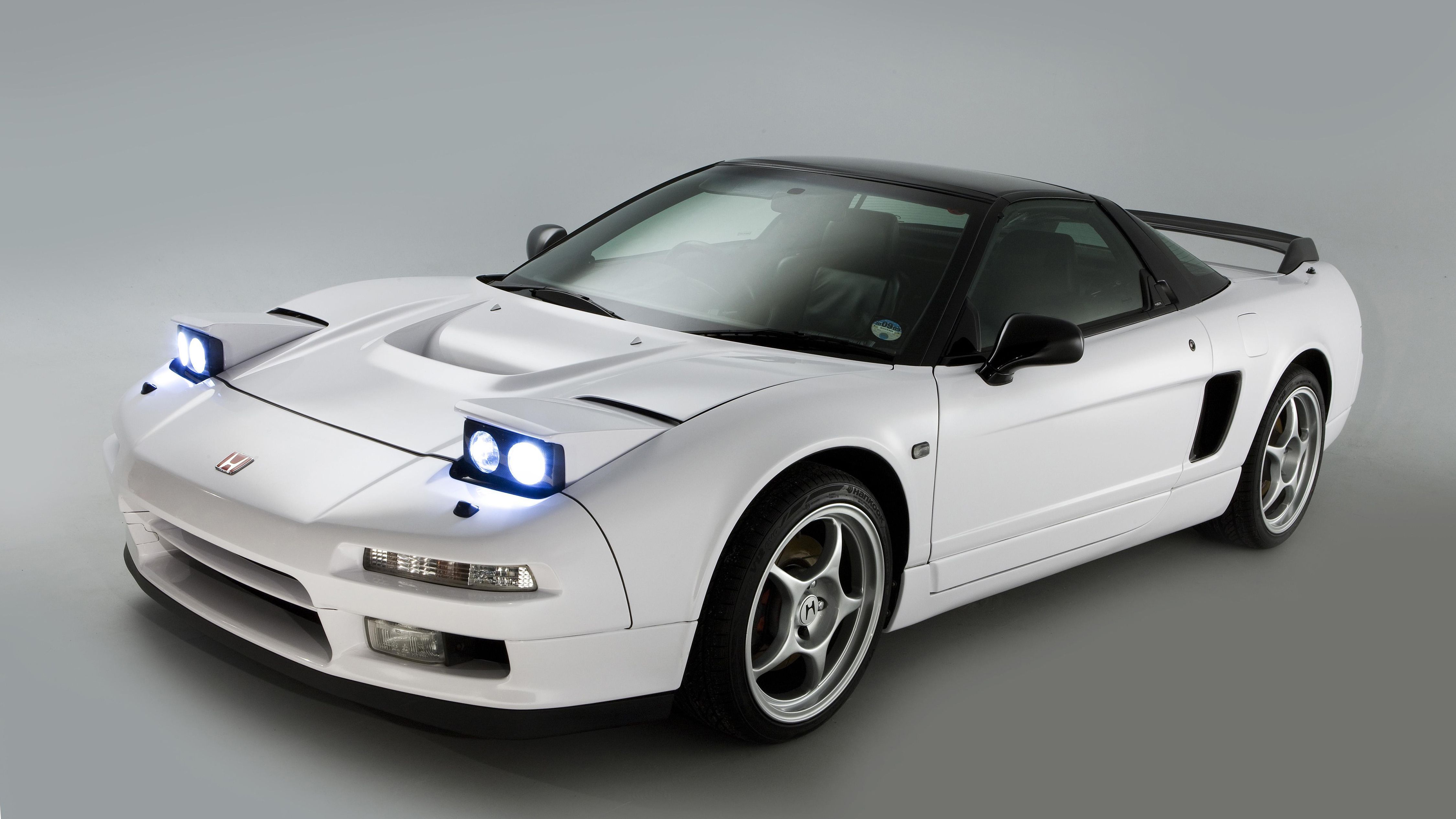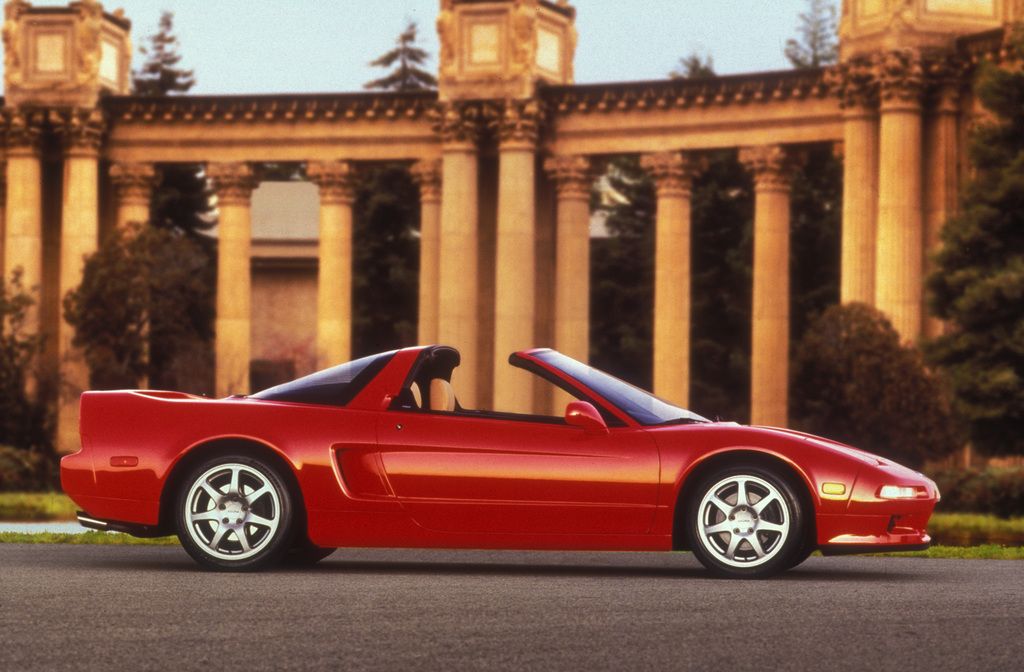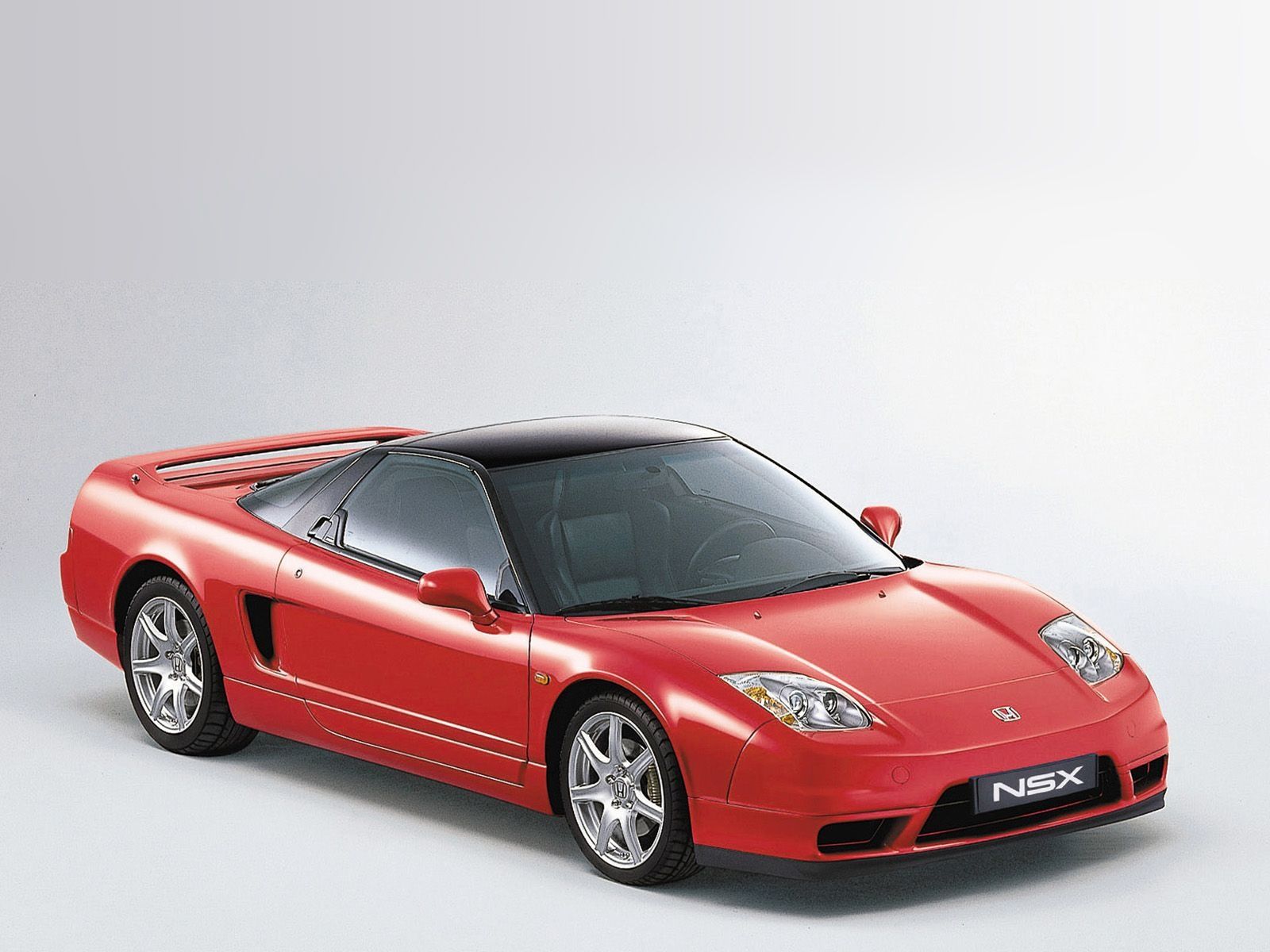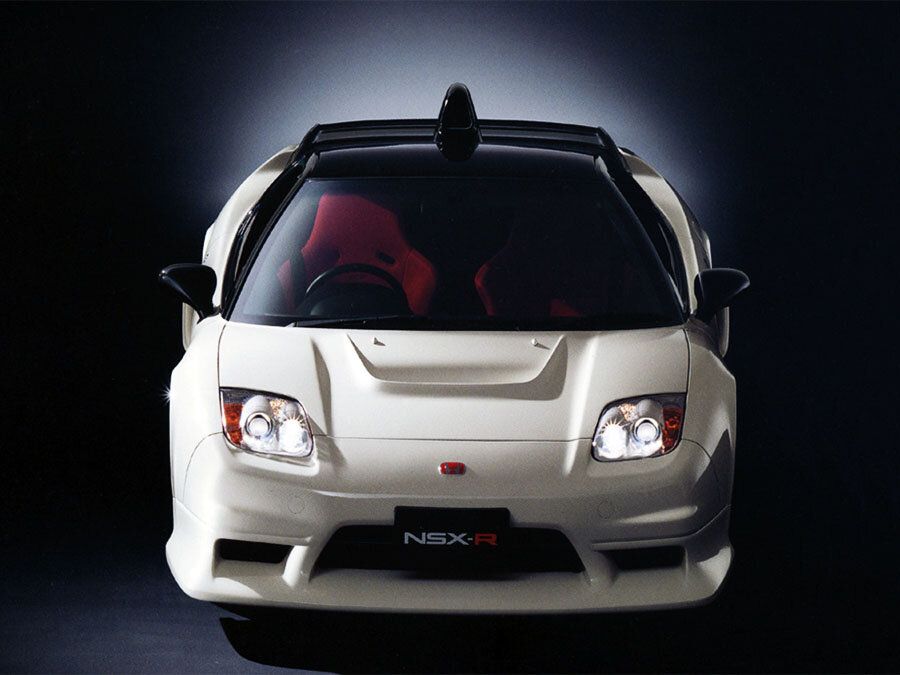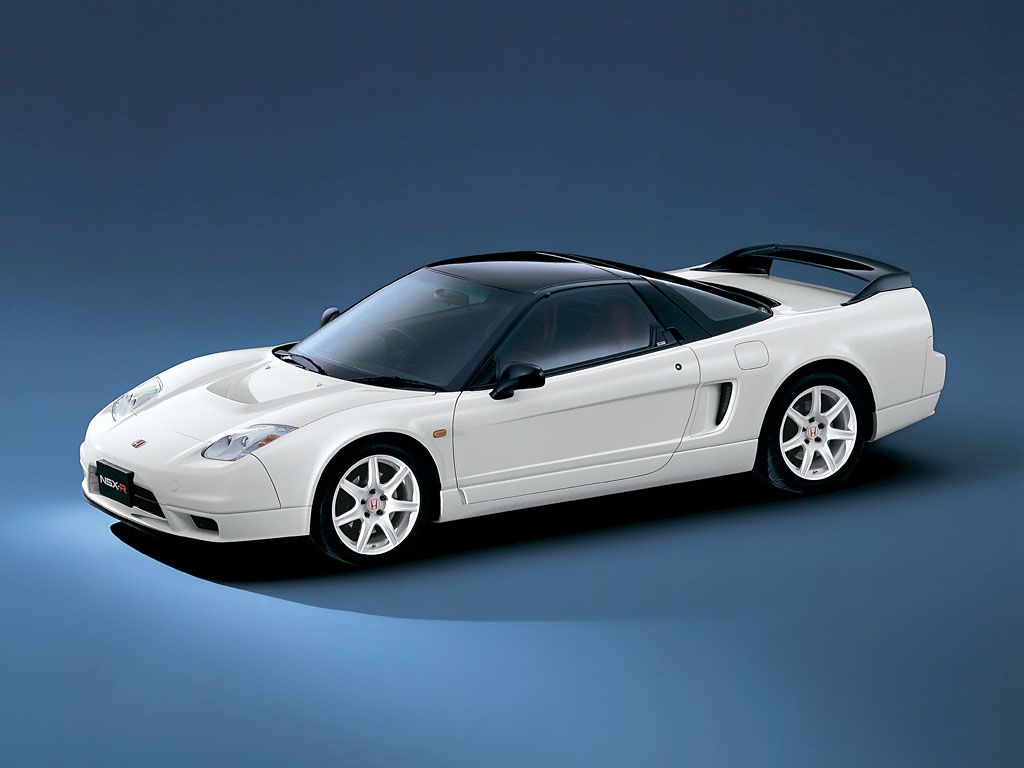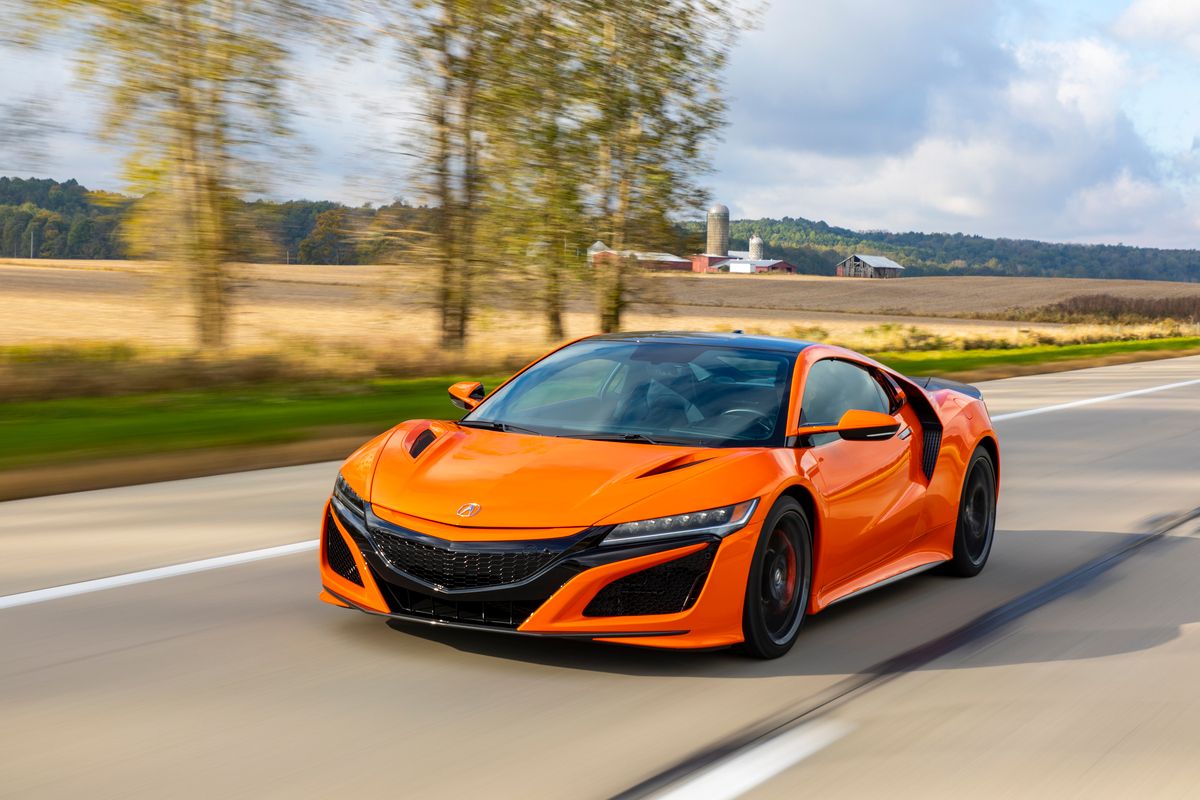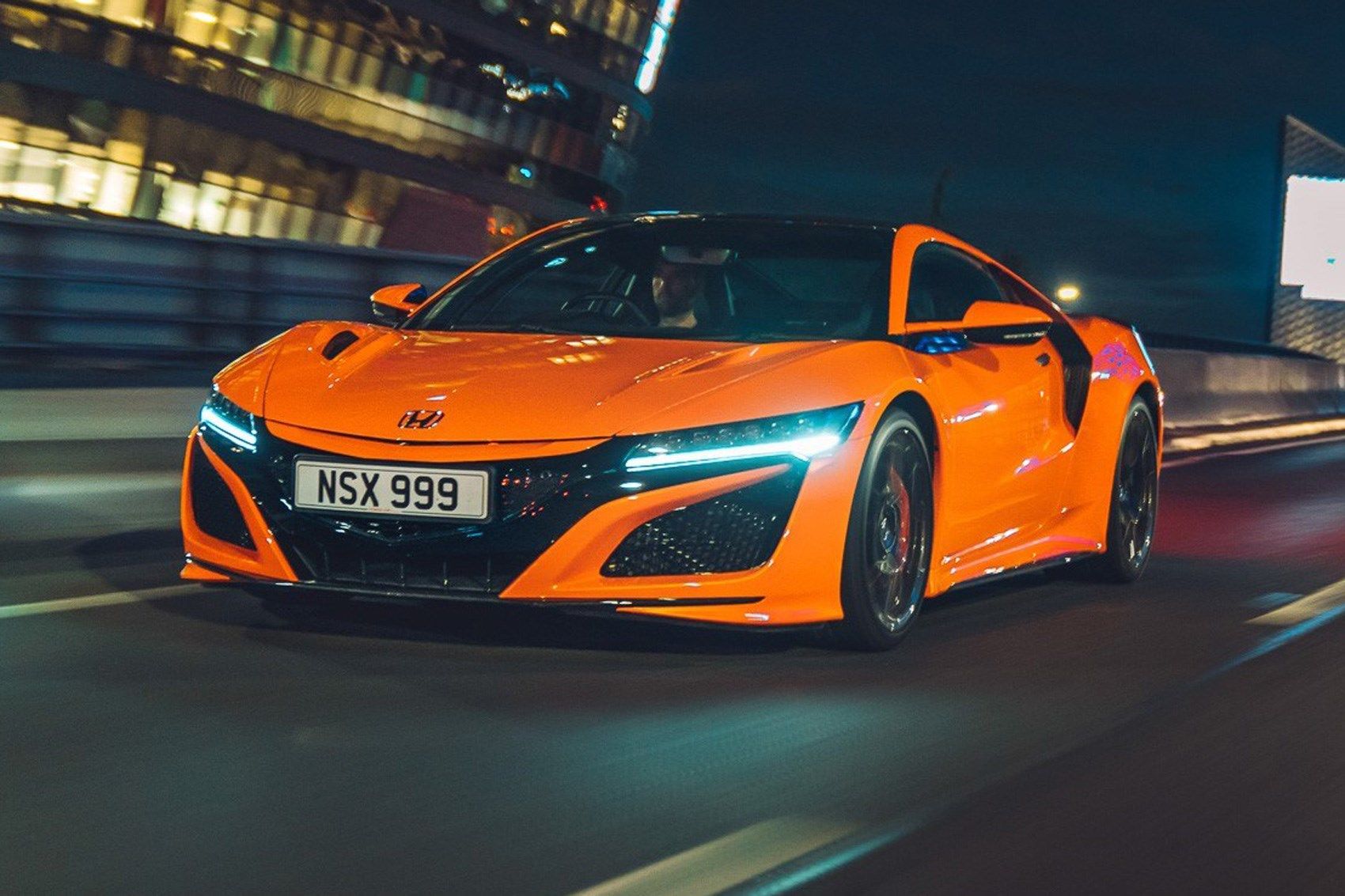When it comes to associating brand names with supercar development, Honda are perhaps a company not at the top of everyone's list. Oh sure, they know how to make a fast little sports car and motorcycle. But even now, you wouldn’t associate a supercar with the Japanese brand. Then the NSX came on the scene in the 1990s, and the image of Honda changed forever. This was a company now taking bold steps into the supercar world, and little did they know what they would produce would become one of the greatest supercar designs the world would ever see.
What became the Honda NSX would become the stuff of JDM legend. The NSX went through a few iterations during its lifespan, right up until production finished in November 2005. Demand for a new version of the car would be so high that a new generation of the NSX would appear in 2016 and is still in production, just over ten years after the first generations' production run came to an end. So much made the NSX so good over the years, and the way the project started might not be something that everyone, even hardcore NSX fans, knows about.
Development From The City
The origins of the NSX were quite remarkable. During the early 1980s, Honda engineers were going through a bit of an experimenting phase with different engine and chassis layouts. One test bed they created was a Honda City, cut in half, and then with a mid-engine arrangement. Whilst this particular effort came to naught, it made Honda think about making a mid-engine sports/supercar. This idea was transformed into reality by the Pininfarina designed 1984 Honda HP-X concept car. This eventually morphed into the NSX that we know today.
With the development of its new supercar came some ambitious targets from the Japanese company. They weren’t interested in just taking the domestic market by storm. They wanted to take on the might of Ferrari. Specifically, they had their sights set on the Ferrari 328 and the subsequent 348. The original 2.0-liter V6 engine from the HP-X was replaced in favor of a 3.0-liter VTEC V6 engine, which of course was developed into various forms such as the 2.7-liter single overhead camshaft V6 engine that had been developed from the Honda legend. Design inspiration was taken from the F-16 fighter jet, and technology from its F1 program was integrated into the design and the NSX became the first ever production car to feature an all aluminum semi-monocoque.
Official Debut And Race Driver Assistance
The Honda NSX made its official debut in 1989, at the Chicago Auto Show and later the Tokyo Motor Show, and when it went on sale in North America it became known as the Acura NSX, this moniker applying to the new generation NSX in North America as well. Straight away, the design cues from its racing program were spotted. This included the cockpit of the car being far forward, to add increased visibility which itself was inspired by the 360-degree design of the F-16 cockpit, and akin to a lot of open-wheel racers. The first generation of the NSX had roughly 276 hp.
Beyond that, there was input from McLaren-Honda racing driver Ayrton Senna, who tested the car at the company’s Suzuka circuit. Senna is often credited with Honda’s design to stiffen the chassis of the car after that test, and he, plus Japanese driver Satoru Nakajima, further contributed to the cars' development. Honda carefully made compromises to ensure the NSX was a high-performing car, but also one that offered comfortable daily drivability. Knowing that there was a market for a hardcore version, Honda developed such a variant, as more NSX versions appeared along the way.
Type-R And Other Variants
Something we have all become familiar with over the years is Honda’s Type-R range, and the NSX was no exception to receiving this treatment. To do this, Honda ripped out unnecessary weight from items such as the sound deadening, air conditioning, and traction control to name a few. An impressive 120 kg was shaved from the car, and 483 versions of the Type-R, or NSX-R as it is commonly known, were produced. The last one rolled off the production line in 1995, and these are highly sought after.
Other additions soon came to the NSX lineup. There was the NSX-T in 1995, a version of the car with a removable black Targa top roof. A big performance upgrade came in 1997, with the addition of the C32B engine, increasing the displacement to 3.2-liters and an overall power output of 290 hp. The NSX-S and NSX-S Zero appeared in 1997, special editions exclusive to the Japanese market which were more track oriented. The latter was able to lap the Suzuka track a staggering 1.5 seconds quicker than the Type-R NSX, thanks to stiffer suspension, weight saving, and a direct dual-disc clutch.
Facelift And Demise
The Alex Zanardi addition also emerged in 1999, a run of 50 was built to commemorate the CART drivers back to back championship wins for Honda/Acura in the late 1990s. The NSX then got a big face lift in 2002, with new xenon HID headlamps, an updated body design, and a revised suspension setup, giving the NSX, at the time, a more modern appearance. This would be the last major change to the NSX before its production run ended.
The NSX-R reappeared briefly in 2002, and then the NSX-R GT made its debut in 2005, to serve as a commemorative edition of the car, and solely to allow Honda to reach homologation requirements for its JCTG and Super GT car. Only five of these ultimate NSXs were ever built, with only one ever sold. Production of the legendary first generation was over by the end of 2005. The NSX had certainly come a long way in its 15-year history and was considered to be royalty among the best of the JDM machines, and just simply, one of Honda's most awesome cars ever.
The Ultimate Swansong And The Second Generation
Despite its platform being some 15 years old, there was one performance that showed just how good the NSX was. In 2002, the second iteration of the NSX-R was driven by Japanese driver Motoharu Kurosawa. He produced a lap time in the NSX-R of 7 minutes 56 seconds. To put that into context, this equaled the lap time set by the over ten years younger and 100hp more powerful Ferrari 360 Challenge Stradale. If anything emphasized just how good the NSX was, then it was this track performance.
Possibly then, this was the ultimate swansong to one of the greatest supercars to ever grace the planet. It would not be until 2016 that the second generation NSX would appear, this time in the form of a twin-turbo V6 hybrid which in 2021 has 573 hp, to carry on the story of Honda's supercar. Murmurings of a second generation NSX had been around since 2008 and there had been a few false starts, but 2016 saw the new supercar finally come to fruition. And it seems to be doing the same job that the original NSX was able to do.
That of course is taking the fight to the might of the European car manufacturers, matching and beating cars such as the Ferrari 458. It has become quite the underrated supercar, with many overlooking just how good its drivetrain is and how well it's been integrated, and superb handling that doesn't seem to match up with the weight of the car, thanks to the hybrid powertrain. The second generation itself has gone through a facelift as recently as 2019 and is also racking up the wins in Japanese Super GT and in the American IMSA series as the Acura NSX. Possibly the best tribute in itself to the first-generation NSX.
Sources: Supercars, Pinterest, Old Concept Cars, Weird Wheels, Supercar Nostalgia, Motor Spirit, Acura

